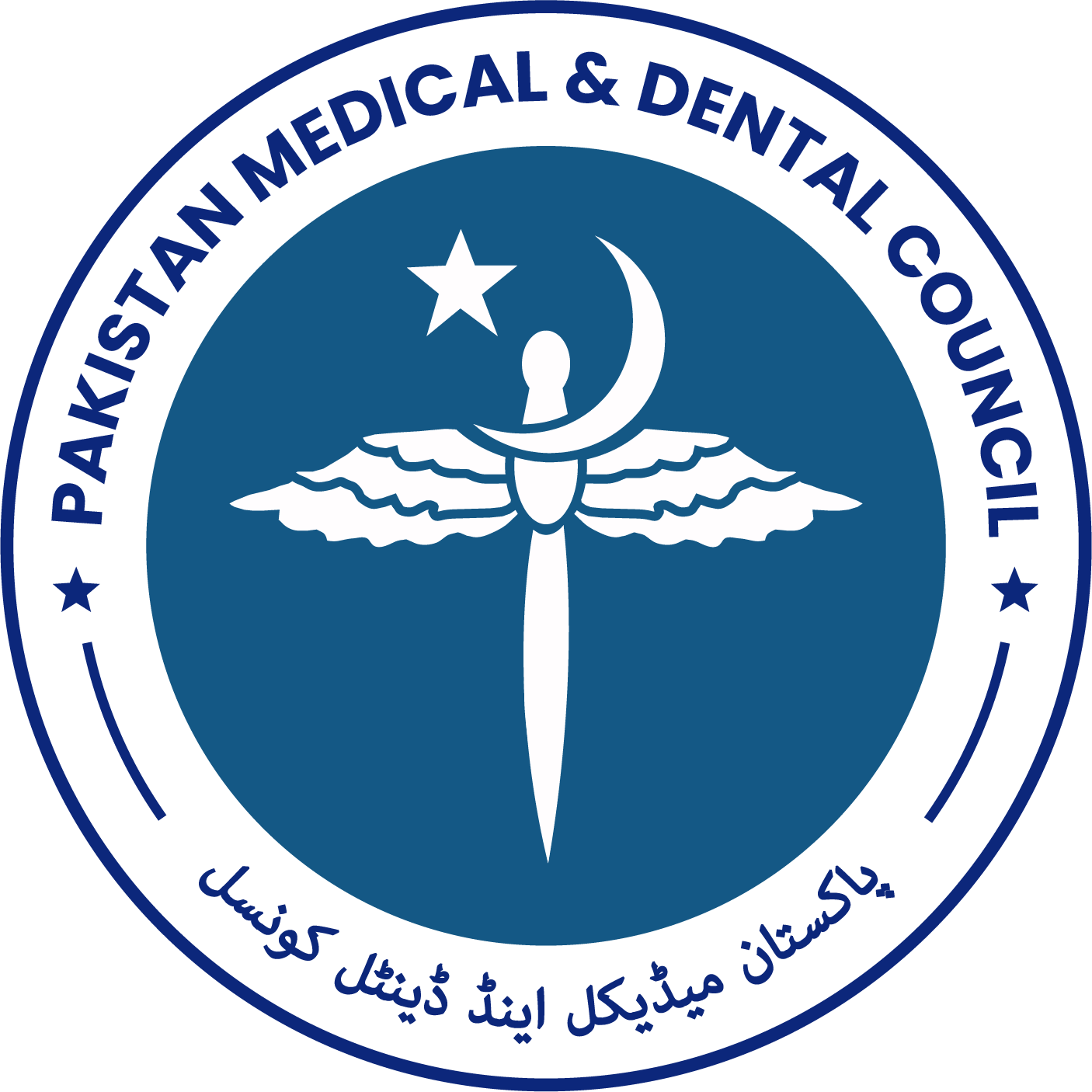Socio-Demographic and General Physical Risk Factors of Pre-Eclampsia in Pakistan
Abstract
Objective: Multiple factors are known to increase the risk of developing pre-eclampsia, a major obstetric complication, but local data are limited. The present study was conducted to determine the risk factors of pre-eclampsia in pregnant women from the local population.
Study Design: Cross-sectional study.
Place and Duration of Study: The study was carried out in Lahore, Pakistan, at University of Health Sciences and partnering institutes from 1st July 2017 to 30th October 2021.
Materials and Methods: Pregnant females with pre-eclampsia (study group, n=45) and healthy pregnant women (control group, n=45) whose gestational age was between 30-34 weeks were selected. Socio-demographic and general physical characteristics were noted. Mean ± Standard Deviation (SD) and Median ± Inter Quartile Range (IQR) were given based on normality distribution, and group comparisons were made using normality-appropriate statistical tests. Categorical variables were expressed as frequencies and percentages. The chi-square test was applied to observe an association between categorical variables. A p-value of < 0.05 was analyzed as significant.
Results: Pre-eclamptic women had higher mean weight (kg, 73.48±6.35 vs.70.48±5.45, p= 0.018) and BMI (kg/m2, 28.8±1.42 vs. 27.5±1.48, p =0.000). Similarly, blood pressures (mmHg)-both systolic and diastolic were also elevated in study females (systolic 156.86±8.27 vs. 112.8±10.62, p=0.000; diastolic 106.9±11.66 vs. 74.0±10.27, p=0.000). Living in an extended family, being a housewife, less outdoor activity, insufficient dairy consumption, the prevalence of hypertension, diabetes mellitus in the family, and proteinuria and edema were significantly more frequent in the study group.
Conclusion: Multiple risk factors related to social standing, demography, and anthropometry are associated with pre-eclampsia. There is a need for social and health policies aimed at eliminating these risk factors to reduce the incidence of pre-eclampsia and related health-economic burdens in the local population.
Copyright (c) 2023 Bushra Iftikhar, Syed Imran Ali Shah, Mirza Ameer Faizan Ali, Mehwish Iftikhar, Mehwish Rana

This work is licensed under a Creative Commons Attribution-NonCommercial 4.0 International License.















